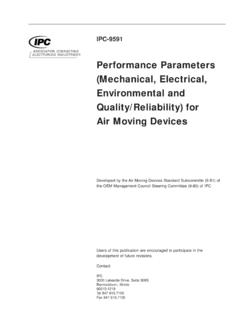

Includes products where continued high performance or performance-on-demand is critical, equipment downtime cannot be tolerated, end-use environment may be uncommonly harsh, and the equipment must function when required, such as life support or other critical systems.


CLASS 2 Dedicated Service Electronic Products.Includes products suitable for applications where the major requirement is function of the completed assembly. The practices and requirements laid out in J-STD-001 are divided into three classes based on the nature of their final use. J-STD-001 is an industry standard guideline with details of practices and requirements for the manufacture of soldered connection for electrical and electronic assemblies. Hence, the requirements for Hi-Rel coaxial cable assemblies often require further inspection and testing that ensures mechanical and electrical performance. Many of the defects that are caused by improper solder and soldering practices may not be visible to the eye initially, and may require trained technicians familiar with the standards and soldering to deduce the problem. These defects can compromise the integrity of the solder joint, reduce the reliable lifetime, increase insertion loss, and lead to hard-to-diagnose failures. If improper solders or soldering practices are used, instead of forming a mechanically and electrically strong bond, a bond may form with a variety of contaminates, undesirable intermetallic compounds, and other defects. This concept is essential for critical use cases like coaxial cable assemblies for Hi-Rel applications, and is part of creating MIL-DTL-17 assemblies. These standards attempt to ensure that the end results of a soldering operation produce a reliable connection that can be inspected and ensured to meet minimum standards of performance. Initially, the United States military used MIL-STD-454, MIL-S-45743, DOD-STD-2000, and MIL-STD-2000 to define soldering practices before merging with industry standards, such as IPC J-STD-001 and IPC J-STD-006. Released October 2017.Standardization and quality control surrounding solder and soldering practices for military electronics has been around for decades. J-STD-001 is developed in synergy with IPC-A-610 and is supported by IPC-HDBK-001 for those wanting additional information and explanation on the requirements. This is a must-have for those in the electronics industry with an interest in the process and acceptance criteria for electrical and electronic assemblies. Updated with participants from 18 countries providing input and expertise, this document brings the latest criteria along with new graphics to the industry for ease of use and comprehension. J-STD-001 is recognized globally for its criteria on soldering processes and materials. J-STD-001 se desarrolla en sinergia con IPC-A-610 y es apoyado por IPC-HDBK-001 para aquellos que desean información adicional y explicación sobre los requisites. Actualizado con participantes de 18 países proporcionando información y experiencia, este documento trae los últimos criterios junto con nuevos gráficos a la industria para facilitar el uso y la comprensión.Įste es un documento a tener para aquellos en la industria electrónica con un interés en el proceso y criterios de aceptación para ensambles eléctricos y electrónicos. J-STD-001 es reconocido globalmente por sus criterios en procesos de soldadura y materiales. Spanish language translation of the IPC J-STD-001G


 0 kommentar(er)
0 kommentar(er)
